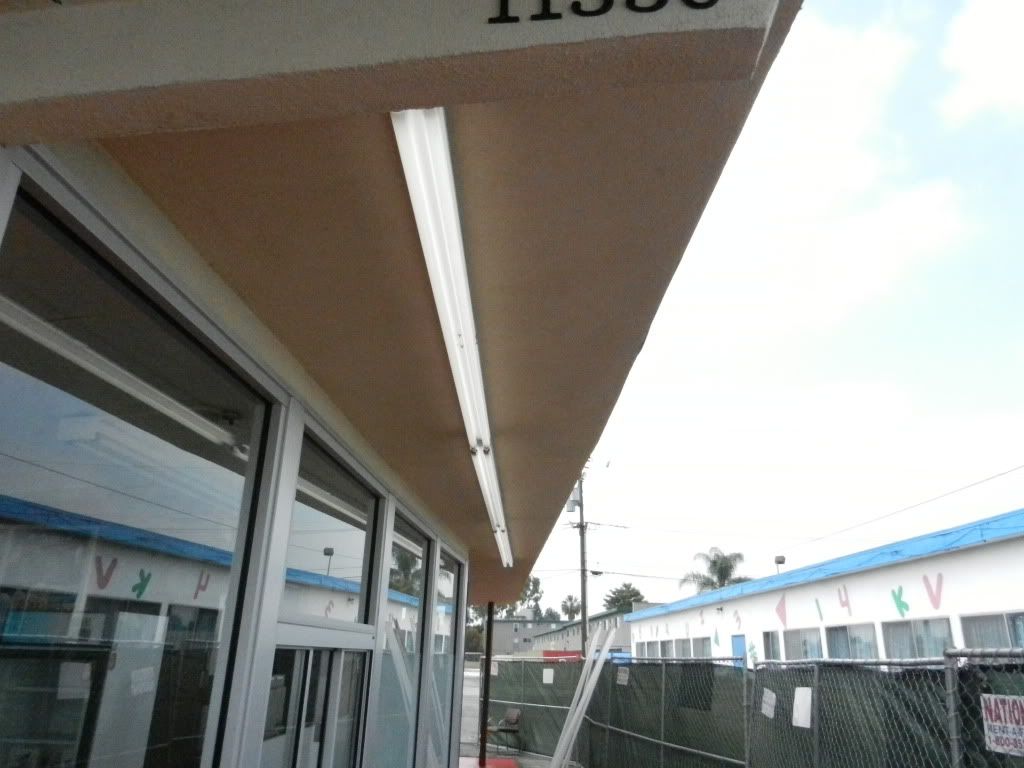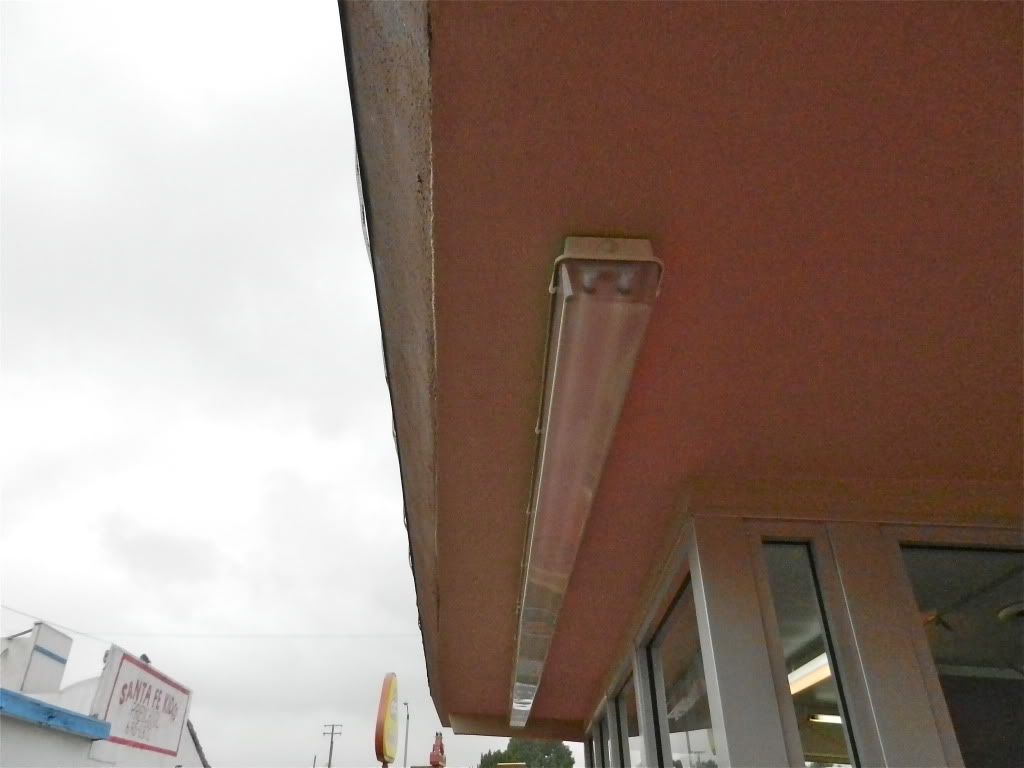12" to 24" from the edge of the overhang.


Your premier resource for building code knowledge.
This forum remains free to the public thanks to the generous support of our Sawhorse Members and Corporate Sponsors. Their contributions help keep this community thriving and accessible.
Want enhanced access to expert discussions and exclusive features? Learn more about the benefits here.
Ready to upgrade? Log in and upgrade now.

Location, Damp. Locations protected from weather and not subject to saturation with water or other liquids but subject to moderate degrees of moisture. Examples of such locations include partially protected locations under canopies, marquees, roofed open porches, and like locations, and interior locations subject to moderate degrees of moisture, such as some basements, some barns, and some cold-storage warehouses.
Ya, I don't know where I got that one. It could be from inspecting carnivals. I've got one of those coming up this week.Dennis said:The cover over the tubes is not an electrical code issue but I don't know about building code. I know over food prep areas it is necessary but never heard it necessary outdoor as such.
Oh goody, can't wait for the fun house pictures. ; )ICE said:Ya, I don't know where I got that one. It could be from inspecting carnivals. I've got one of those coming up this week.
OSHA 1910.305(a)(2)(ix)ICE said:Ya, I don't know where I got that one. It could be from inspecting carnivals. I've got one of those coming up this week.
I hate inspecting carnivals. The carnival operators hate having me inspect their carnival. The operators tell me that my inspection is akin to what they would get after a serious accident, only it's every ride.Alias said:Oh goody, can't wait for the fun house pictures. ; )
Thanks for being thorough. I hate the traveling ones that are at the fairs. I avoid if at all possible due to the problems you pointed out when you inspect.ICE said:One large ride made a noise on every rotation that sounded like a hammer hitting a garbage can. I asked the operator what that noise was. He said "I don't know. It started last weekend."
Sue, you mentioned the fun house. I was standing on the ramp leading to the entrance of a fun house when I saw a hole the size of a dime at waist height. Something was passing past the hole as a mechanical pirate passed by a window above. I borrowed an ink pen and stuck it in the hole. The pen was cut in half.
Again I say: I hate inspecting carnivals. It takes a long time and I never leave one thinking I found all of the flaws.
Tiger

